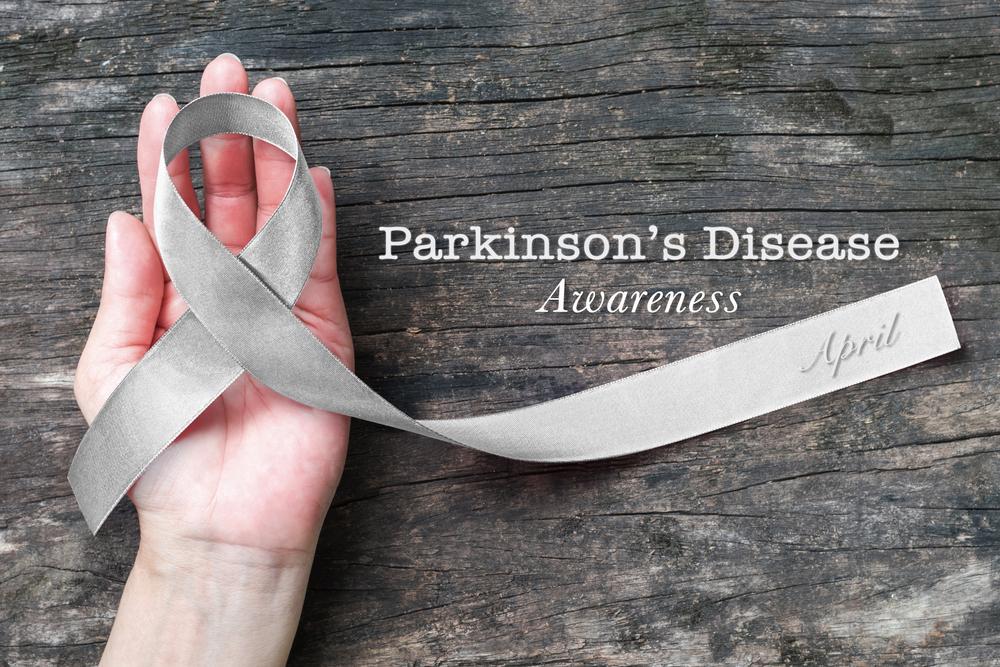Early Signs and Long-Term Outlook of Parkinson's Disease: A Comprehensive Overview
Parkinson's disease is a neurodegenerative disorder characterized by motor impairments and cognitive challenges. Recognizing early signs such as tremors, stiffness, and loss of smell enables timely intervention. The disease stems from dopamine neuron loss, influenced by genetic and environmental factors. While incurable, treatments like medications and surgical procedures can significantly enhance quality of life. Despite progressing over time, many patients can live long, fulfilling lives with proper management. This comprehensive overview offers insights into early indicators, causes, progression, and longevity outlook, helping patients and caregivers prepare effectively.

Understanding Parkinson's Disease: Early Signs and Life Expectancy
Parkinson's disease is a complex, progressive neurological disorder that significantly impacts motor functions and overall quality of life. Characterized by the gradual deterioration of specific brain cells, primarily those that produce dopamine, Parkinson’s presents unique challenges for diagnosis and management. While it commonly affects older adults, the precise causes remain multifaceted, involving genetic and environmental factors. This article provides an in-depth look into the early indicators of Parkinson's disease, its underlying causes, progression, and what patients can expect regarding longevity.
The Pathophysiology and Causes of Parkinson's Disease
At the core of Parkinson’s disease lies the decline of dopamine-producing neurons in the substantia nigra, a region of the brain that plays a crucial role in coordinating movement. Dopamine, a neurotransmitter essential for transmitting signals within the brain that control motor activity, diminishes gradually as these neurons deteriorate. Once approximately 80% of these dopamine-producing cells are lost, symptoms of Parkinson's become visibly apparent. The decline in dopamine disrupts the delicate balance of communication among motor pathways, leading to the hallmark symptoms of rigidity, tremors, and bradykinesia (slowness of movement). While the precise cause of neuronal loss remains elusive, research suggests that both genetic predispositions and environmental toxins — such as pesticides, heavy metals, and industrial chemicals — might contribute to disease development.
Genetic and Environmental Influences
Although most cases are idiopathic, meaning they arise without a clear genetic link, a subset of patients may have familial forms of Parkinson's, indicating inherited genetic mutations that increase susceptibility. Environmental factors have long been associated with increased risk, particularly exposure to neurotoxins that can damage dopaminergic neurons. Urban pollution and occupational exposures are also being studied for their potential roles in disease onset. The interaction of genetic predisposition with environmental insults likely influences individual risk, although each case can vary considerably.
Early detection is crucial for managing Parkinson’s effectively. Recognizing initial signs allows for earlier intervention, which can slow disease progression and improve quality of life. Understanding the typical progression helps patients and caregivers prepare for future challenges while exploring available treatment options.
Early Symptoms That Signal the Onset of Parkinson's
Tremors or persistent shaking in limbs, particularly at rest
Difficulty initiating or controlling movement, resulting in slow or stiff gait
Chronic constipation and other autonomic disturbances
Hunched or stooped posture with a rigid stance
Masked facial expressions with reduced facial mobility
Frequent dizziness or lightheadedness
Muscular stiffness and rigidity that limit movement
Bradykinesia, or slowed movements that impair daily activities
Early loss or reduction in sense of smell (anosmia)
Sleep disturbances, including REM sleep behavior disorder
As the disease advances, additional symptoms tend to develop, such as speech difficulties, decreased facial expressiveness, problems with gait and balance, and impairments in performing routine tasks. Severe cases might involve swallowing difficulties (dysphagia), depression, and cognitive decline.
Diagnosing Parkinson’s disease involves thorough neurological examinations and detailed medical histories, as there are no definitive laboratory tests for it yet. Clinicians typically look for classic motor symptoms and response to Parkinson's medications. While there is currently no cure for Parkinson’s, treatment approaches aim to manage symptoms, improve quality of life, and slow disease progression. Common treatments include pharmacological therapies, such as levodopa and dopamine agonists, and surgical options like Deep Brain Stimulation (DBS) for advanced cases. Despite the progressive nature of the disorder, many patients live a normal or near-normal lifespan with appropriate management. Men tend to be more frequently affected, and the typical age of onset is around 60, although it can vary. Notably, advances in neurosurgery and medication have significantly improved functional outcomes, allowing individuals to maintain independence for longer periods.
}




